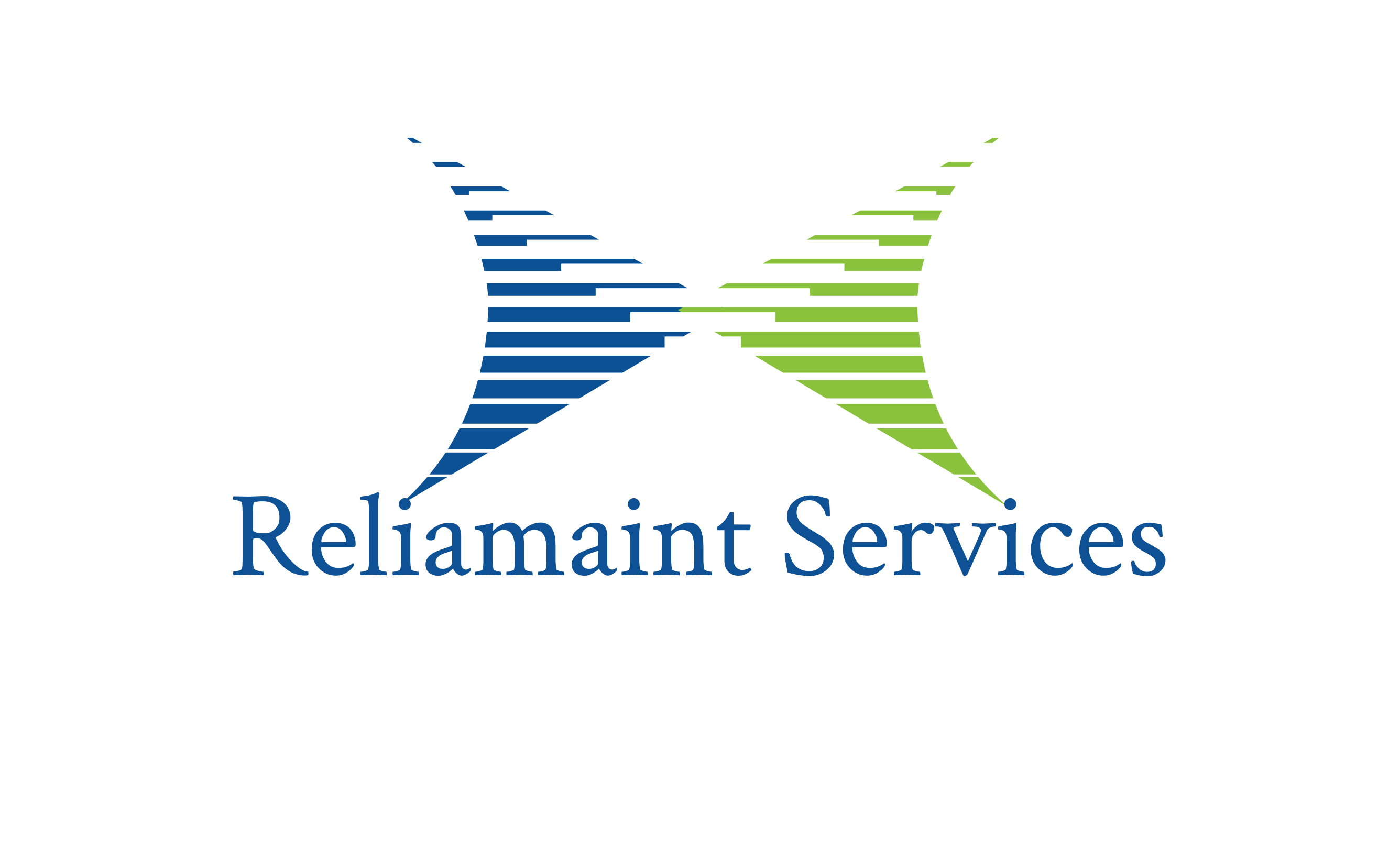Management
CMMS fear and adaptation
- 29 Jan. 2025
- 05 min read
CMMS Implementation Guide
Implementing a Computerized Maintenance Management System (CMMS) involves a structured approach to ensure a successful deployment and avoid common pitfalls. Here's a detailed look at the implementation process and potential challenges.
CMMS Implementation Process
1. Needs Assessment and Planning:
Identify Objectives: Define the goals and objectives of the CMMS implementation, such as improving maintenance efficiency, reducing downtime, and enhancing asset management.
Assess Current Processes: Evaluate existing maintenance processes and systems to identify gaps and areas for improvement.
Budget and Resource Allocation: Determine the budget, resources, and timeline required for the implementation.
2. Select the Right CMMS:
Requirements Gathering: Develop a detailed list of functional and technical requirements based on the needs assessment.
Vendor Evaluation: Research and evaluate different CMMS vendors, considering factors like features, scalability, user-friendliness, and customer support.
Demo and Trial: Request demonstrations and trial versions from shortlisted vendors to assess the system's usability and fit.
3. Project Planning:
Project Team Formation: Assemble a cross-functional project team that includes stakeholders from maintenance, IT, procurement, and management.
Implementation Plan: Develop a detailed implementation plan outlining tasks, responsibilities, milestones, and timelines.
Change Management: Plan for change management activities to ensure user acceptance and smooth transition to the new system.
4. Data Preparation and Migration:
Data Collection: Gather and prepare all necessary data, including asset information, maintenance schedules, inventory records, and personnel details.
Data Cleansing: Cleanse the data to ensure accuracy and completeness, removing duplicates and outdated information.
Data Migration: Import the prepared data into the new CMMS, ensuring proper mapping and validation.
5. System Configuration and Customization:
System Setup: Configure the CMMS according to the organization's specific requirements, including user roles, permissions, and workflows.
Customization: Customize the system to align with existing maintenance processes and practices, if necessary.
6. Training and Testing:
User Training: Conduct comprehensive training sessions for all users, including maintenance staff, managers, and IT personnel.
Testing: Perform thorough testing of the CMMS, including user acceptance testing (UAT), to identify and address any issues or bugs.
7. Go-Live and Post-Implementation Support:
Go-Live: Launch the CMMS and transition from the old system to the new one.
Monitoring and Support: Provide ongoing support and monitoring to address any issues that arise during the initial usage phase.
Continuous Improvement: Collect feedback from users and make necessary adjustments to optimize the system's performance and usability.
Common Pitfalls and How to Avoid Them
1. Inadequate Planning and Preparation:
Pitfall: Rushing into implementation without proper planning can lead to overlooked requirements and scope creep.
Solution: Spend sufficient time on the planning phase, clearly defining objectives, requirements, and a detailed implementation plan.
2. Poor Data Quality:
Pitfall: Migrating inaccurate, incomplete, or outdated data can lead to issues with system reliability and user trust.
Solution: Invest in data cleansing and validation to ensure that only high-quality data is migrated to the new CMMS.
3. Lack of User Involvement:
Pitfall: Excluding end-users from the implementation process can result in a system that does not meet their needs and low adoption rates.
Solution: Involve users from the start, gather their input, and provide comprehensive training to ensure buy-in and effective use of the system.
4. Underestimating Change Management:
Pitfall: Failing to manage the human aspect of change can lead to resistance and reduced effectiveness of the CMMS.
Solution: Implement a robust change management strategy that includes communication, training, and support to facilitate a smooth transition.
5. Inadequate Testing:
Pitfall: Skipping thorough testing can result in unresolved issues and system failures post-implementation.
Solution: Conduct extensive testing, including functional, integration, and user acceptance testing, to identify and resolve any issues before go-live.
6. Overlooking Training:
Pitfall: Insufficient training can lead to improper use of the CMMS and reduced efficiency.
Solution: Provide comprehensive training sessions tailored to different user roles and follow up with additional support and resources as needed.
7. Ignoring Post-Implementation Support:
Pitfall: Neglecting post-implementation support can result in unresolved issues and user frustration.
Solution: Establish a support system to address user issues, provide regular updates, and gather feedback for continuous improvement.
By following a structured implementation process and proactively addressing potential pitfalls, organizations can successfully deploy a CMMS and realize its full benefits in enhancing maintenance operations and asset management.
About ReliaMaint
Stay tuned to for insights on asset reliability and maintenance management..

Neeraj Kumar
CEO & Co-Founder
Recent Posts
Planning and Scheduling in Equipment Maintenance.
What CEOs Need to Know About Physical Asset Management.
CMMS.. a catalyst for reliability culture
How Data Driven Process of Reliability and Maintenance can enhance Asset Performance.
Categories
Tags
Newsletter
Contact us
Contact us to Know more on these Topics.
Send